Meizu MX6 Review
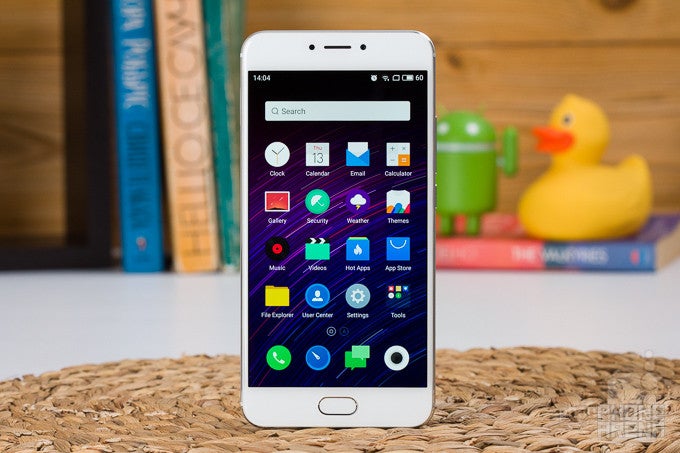
Introduction
Meizu is one of those brand names you may have only heard of if you were a bit of an extreme smartphone geek (like most of us here are). As you may have guessed, it's hailing from China, and is a natural competitor to the slightly more popular Xiaomi in that it offers bargain-priced phones at every tier.
Here, we will be looking at the Meizu MX6. The MX series used to be the flagship of the company but has now been superseded by the Pro family. Still, the MX6 vies to be a very powerful handset at an aggressive price point.
What’s in the box:
- Meizu MX6
- Wall charger
- USB Type-C data cable
- Quick start booklet and SIM eject tool
Design
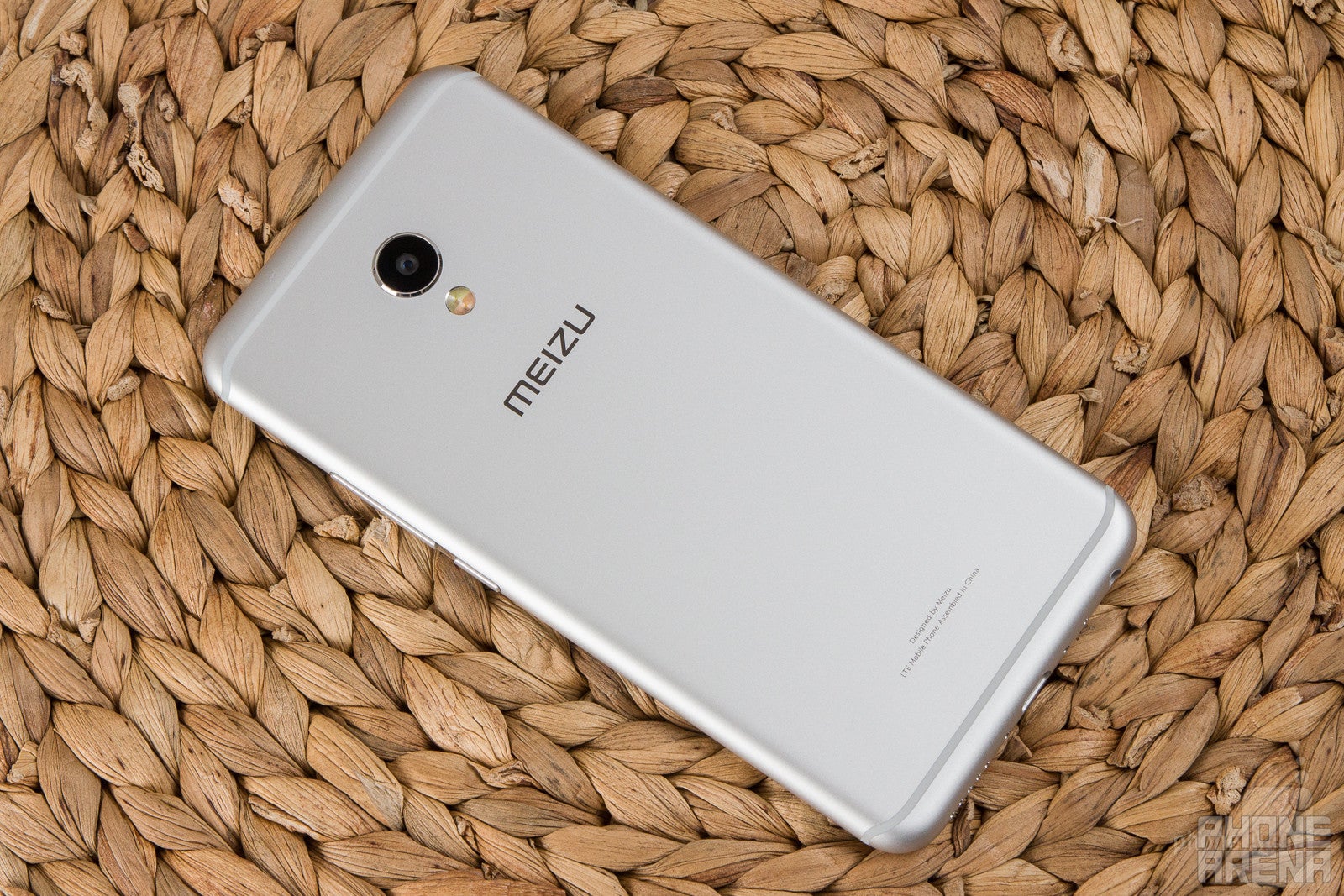
It has been fairly obvious for a while now that Meizu isn’t afraid to take design cues from Apple’s iPhone, but we would say it usually does a fair amount of effort to imbue some of its own DNA into the mix. For years, the MX series has been well-known to have thin bodies and rounded-off corners at the back for better ergonomics.
Just like the Meizu Pro 6, which was released in early 2016, the phone is made of metal and its plastic antenna bands at the back have been stylishly pushed towards the top and bottom ends. It feels nice, cool, and reassuringly sturdy when held all the while being a bit lighter than an observer might expect. Its buttons sink in with a reassuring click and the overall hardware experience is pretty high.
The physical home button makes a return and, as usual, there are no capacitive navigational buttons around it. Shaped like an ellipse, the home key serves three purposes — a fingerprint scanner, back button if tapped, and home button if pressed. This unique approach allows Meizu to maintain the minimalistic design of its phones.
On the back, we have a slightly protruding camera, neighbored by its two-tone LED flash. By today’s standards, a camera hump is a very normal thing, so we wouldn’t say we paid any mind to it.
Display
The Meizu MX6 is equipped with a 5.5-inch display with a 1080 x 1920 pixel resolution. This makes for a pixel density of 401 ppi — more than enough for a crisp image with no individual pixels visible to the naked eye. Its colors, however, are off on almost every mark in the sRGB scale, and the display's temperature is noticeably cold, measuring at 7685 K.

Numbers aside, we wouldn't say that the display is annoyingly blue, though the cold hue is definitely visible. Its colors are OK in real-life use and we were only truly annoyed by the punchiness of its saturated reds. The contrast calibration also looks to be a little off, with highlights always punching through while shadows stay dark, so setting a comfortable brightness to view a video is sometimes a chore.
We've got a slider to manually adjust display temperature and a Twilight- or F.lux-like blue light filter, which can be set to automatically activate when the sun is down, keeping in tune with today's trends. The maximum brightness goes up to 498 nits and the display is OK to use outside in daytime. It can also go down as low as 1 nit, making for comfortable viewing in the dark.
Interface
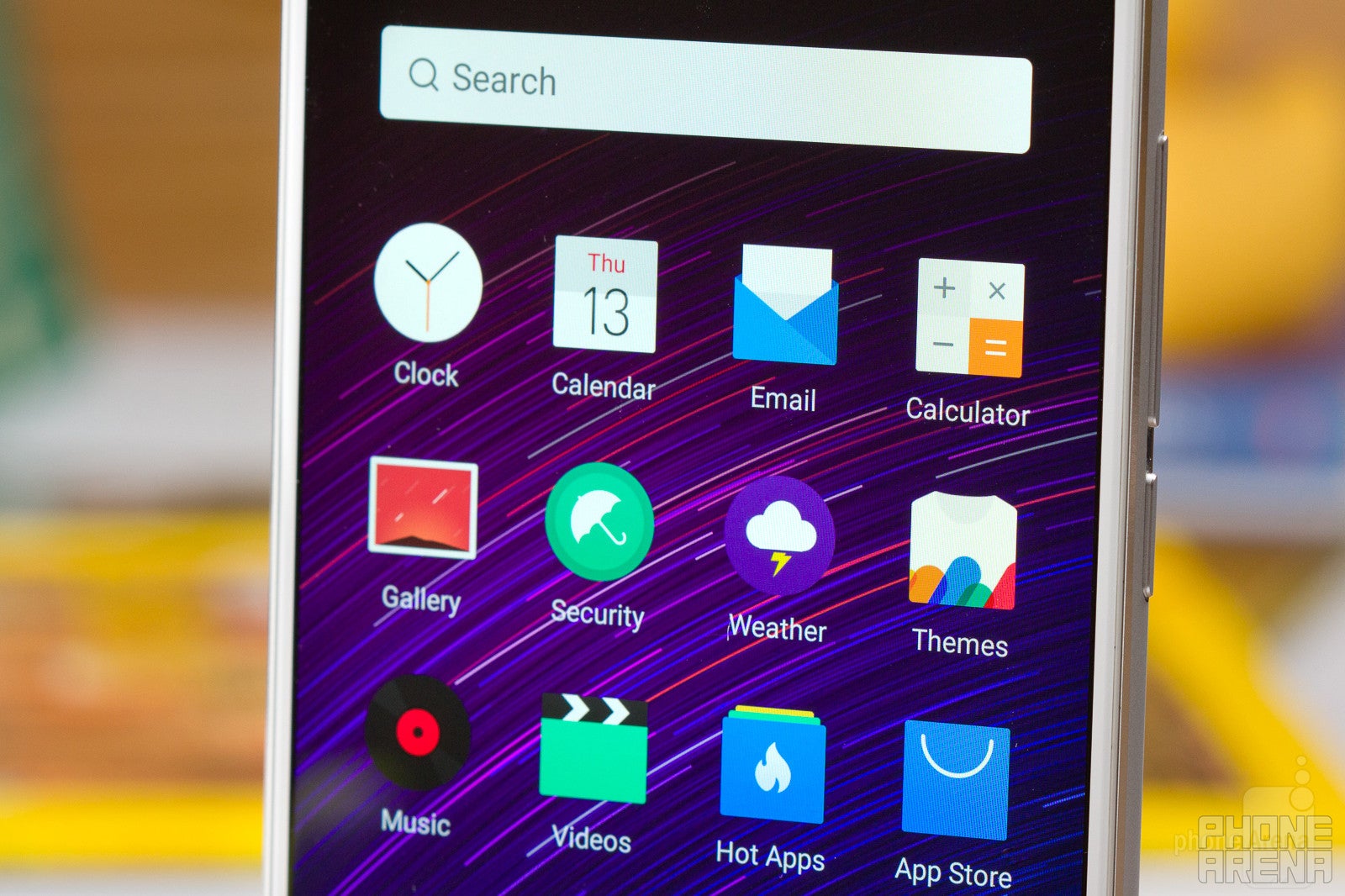
As we touched upon in the intro, these phones don't really come with Google's framework pre-installed on them. Fear not, however, as units bound for the international market accept a Google Installer app, which does all the work for you — no rooting or shenanigans required. Said app is supposed to be found on Meizu's own app store straight from the phone, but we ran into some compatibility issues and opted to download the proper .apk from the Internet. So, yes, some googling and proper tinkering may be required to get the Play Store on there.
On the MX6, we have Meizu's proprietary interface — Flyme 5, built on top of Android 6 Marshmallow, at least until an update hits. It's a very distinct re-skin of Google's operating system and it does show a lot of iOS inspiration, visible in the settings menu or the overarching theme of simplicity and minimalism.
Unfortunately, the latter concept doesn't mesh well with Android on all occasions. For example, the volume rocker will only allow you to control the phone's Media volume slider. If you want to get to the sliders to control Ringtone, Notifications, and Other Sounds' individual volumes, you can only do so from the phone's Settings. Across the Flyme UI, there are plenty such examples of decisions made for the sake of minimalism, which actually make simple tasks a bit harder and slower to perform.
That said, the interface is stable and snappy enough and we haven't run into any major bugs or missing notification issues. Playing a bit with the Security app may be required in order to get certain apps working 100% as intended, but it's a fairly straightforward ordeal, which is easy to navigate through for the tech-savvy.
Processor and Memory
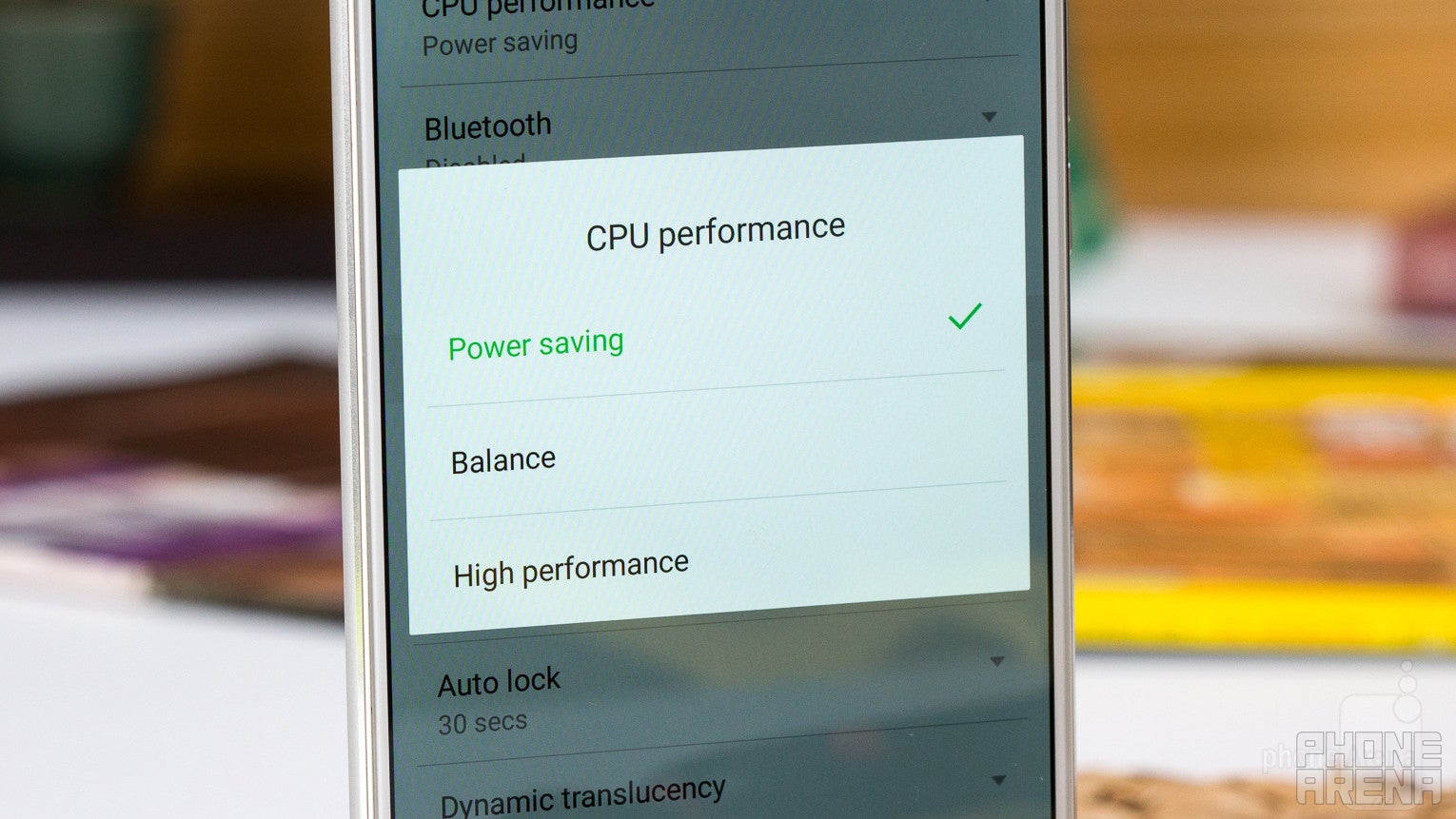
The MX6 is powered by the MediaTek Helio X20 — a deca-core SoC, which has its cores split into three groups. Each group is engaged depending on the current workload and processing power required, ensuring a mix between performance and optimal energy efficiency. The phone has 4 GB of RAM and 32 GB of internal storage. The system takes up around 4 GB of them and there is no microSD card slot, so the user is stuck with 28 GB of storage. Plenty of room, really, unless you are some special kind of heavy user.
Performance-wise, the MX6 is stable, consistent, and generally inspires confidence. It took heavy games like a champ and loaded large websites as fast as we'd expect from a flagship. All that without much excessive heat.
Internet and Connectivity
The stock Meizu browser on board was quite responsive and surprisingly useful. If you don't insist on installing Google's Chrome, the browser that comes with the device out of the box does the job pretty well, with no stutters and some useful features on board, such as a night mode, reader mode, and its own push notifications.
The phone supports LTE over bands 1, 3, 7, and 20, and 3G over bands 850, 900, 1800, 1900, and 2100 MHz. In other words, if you are in the US, you may be able to use the phone on 3G (confirm with your carrier), but will probably not be able to enjoy 4G LTE. MX6, naturally, has NFC, Bluetooth 4.1, and Wi-Fi 802.11 a, b, g, n, ac.
Camera and image quality
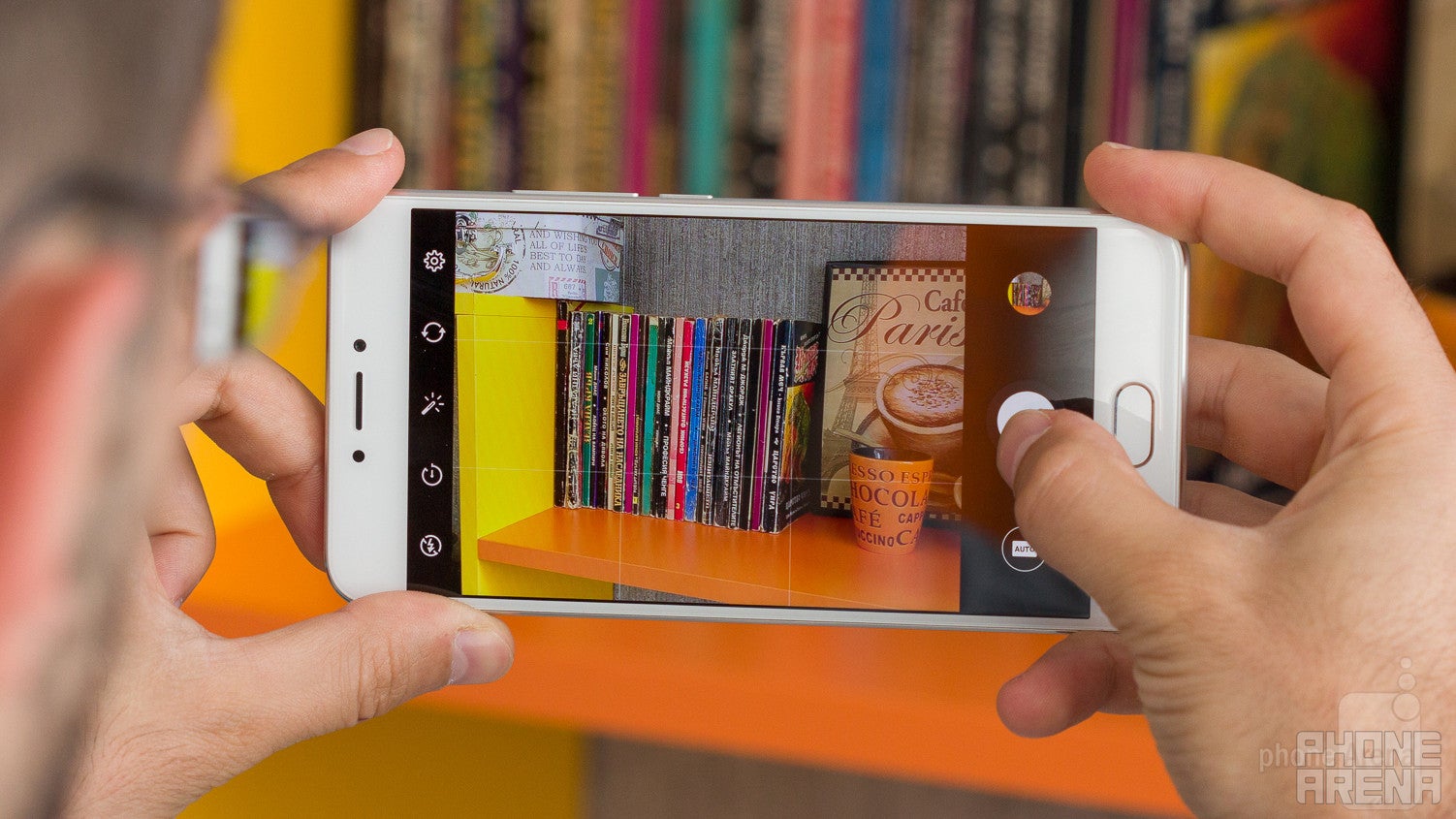
The MX6's main camera packs a 12-megapixel sensor with fairly big 1.25 μm pixels and a large-ish lens aperture of F2.0. It's assisted by a phase detection autofocus system and a dual LED flash. So, on paper, it should do well in unfavorable lighting conditions, offer somewhat of a shallow depth of field for bokeh effects, and focus really fast.
Indeed, in broad daylight, there's little we could nitpick with the MX6's images. Operation is steady, focusing is fast and it stays on target. The camera's auto mode does a good job at picking the right settings. However, if you tap on a specific spot you want to focus on, the exposure setting could go haywire and either go too bright or too dark (photos 3 and 4). Details look a bit hazy upon zoom, but the overall sharpness is satisfactory. Colors are usually accurate but a bit oversaturated. Real life redsturn out pinkish in the pics from time to time.
HDR does its job well and doesn't look "fake" or filter-ish like we've seen on some budget phones. It oversaturates colors just a bit, but not annoyingly so (photos 8 and 9).
Once the sun touches the horizon, however, the camera starts acting up. Unpleasant noise appears in the shots, details get easily washed out, and focus gets lost once in a while (photos 15 to 19). In darker scenarios, colors become warm and reddish. There is a noise reduction feature for night shots, which probably reduces the ISO and increases shutter speed, but we can't say it worked any wonders. Also, make sure to hold that phone steady, as the lack of an optical image stabilizer means that shots in the dark could turn out hazy.
When shooting video, the camera provides the same level of accurate colors and detail, given the conditions are favorable. It struggles with the focus in dynamic scenes, as you can see in the sample video below. At least the continuous autofocus is pretty fast and, provided the composition is simple, on point. The lack of an OIS module shows in an evident shaky cam effect and clips shot with the MX6 will not be your favorite.

The 5 MP selfie snapper at the front was surprisingly good in its performance. With just a bit of oversharpening, it makes for pretty good mugshots. There's also an insanely crazy beautify mode on board, which enlarges your eyes, squeezes your jaw, smoothens pores and bleaches skin color.
Multimedia
The MX6's speaker is definitely loud. Its sound quality isn't Hi-Fi like, but we can't say it's bad either. There's definitely a pronounced spike in the lower mids and a slight lack of lows. You won't be listening to your album collection on it, but it does a great job for ringtones, alarms, and YouTube videos.
We tested multiple popular video formats on the Meizu MX6 and it had no issue playing all of them. The screen lends itself well for media consumption, so loading it up with some movies for that trip is a viable option.
Call Quality

The earpiece of the Meizu MX6 delivers loud and deep, if very slightly muffled, voices. We had no trouble in phone calls and our callers reported our speech to be coming through just as loud and clear.
Battery Life
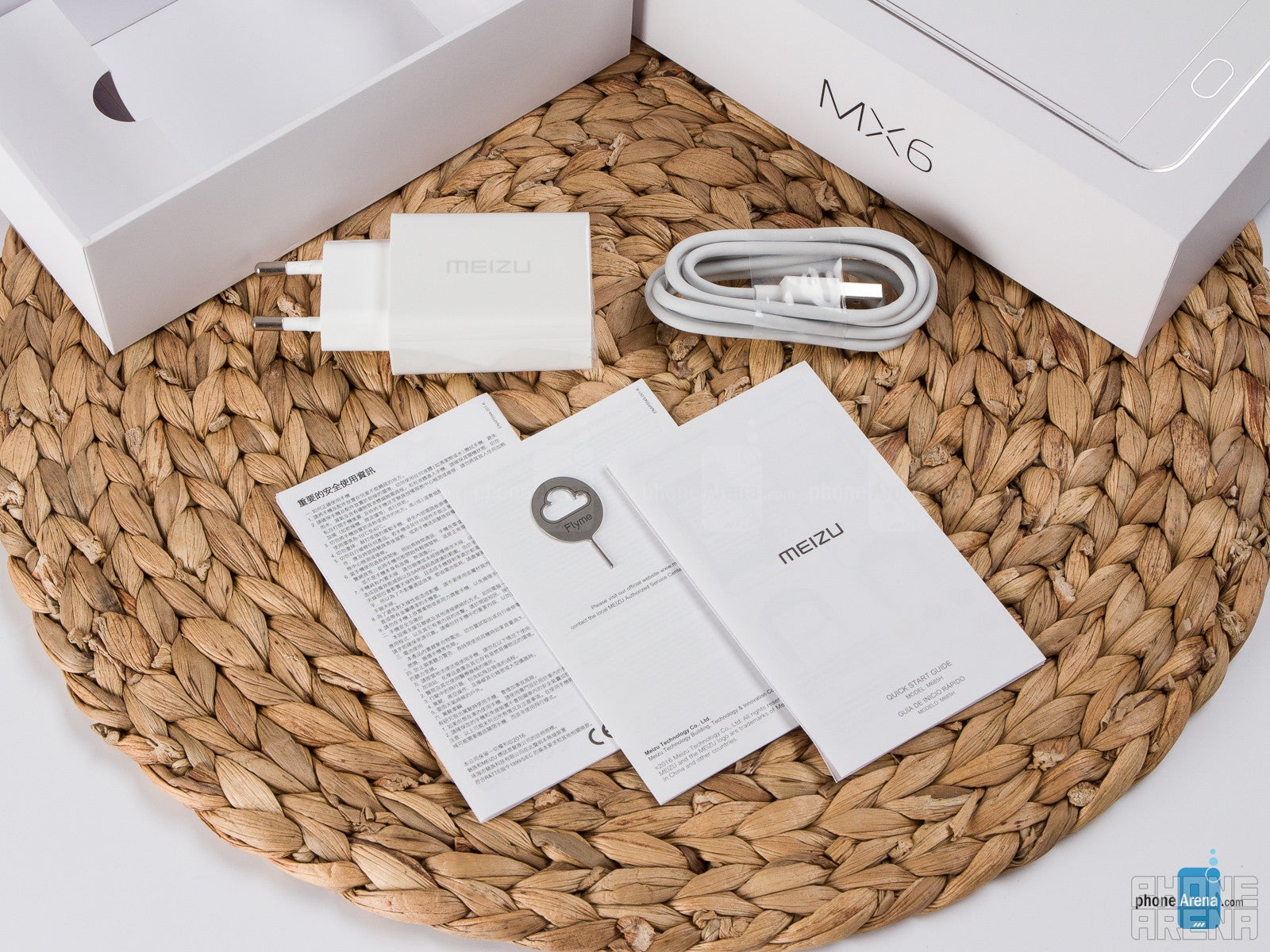
Even if you manage to drain the battery by gaming a bit too much while at grandma's, you can still recharge quite fast using the stock wall charger — 86 minutes for a full 0% to 100% charge!
Conclusion
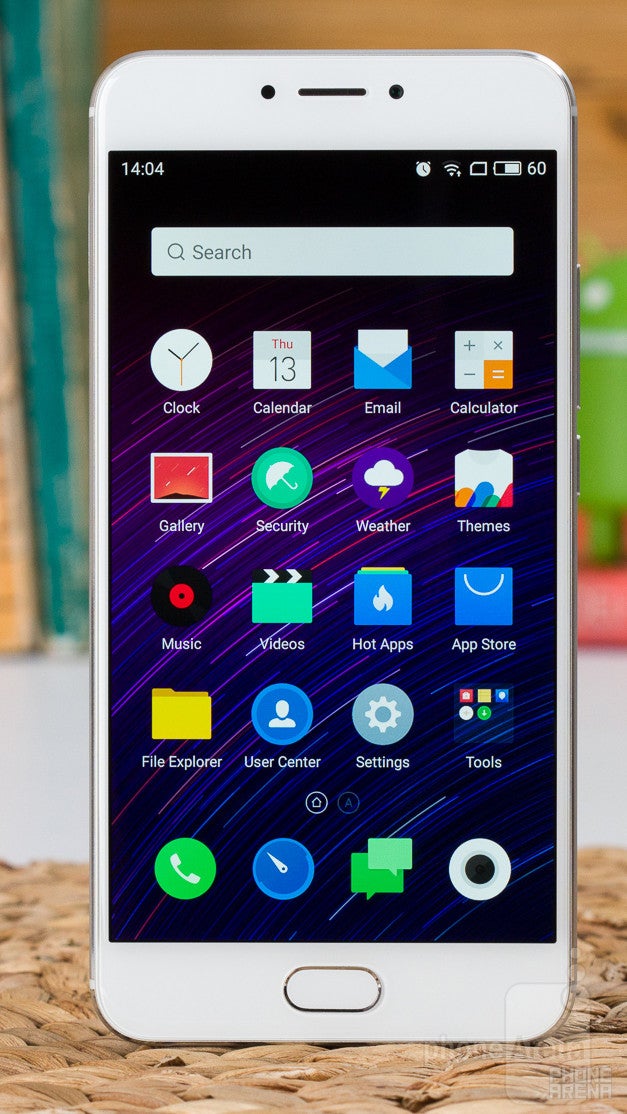
The Meizu MX6 does require some tinkering when it arrives — it's not an “unbox and play” ordeal. Some manual maintenance may be required after an app or update goes haywire, and with no local support — you're on your own. However, the phone performs pretty well, has a decent camera, and a respectable battery life. If you are a phone tinkerer, don't mind to do some extra research and work to get your device working as you want it to, and don't mind waiting for it to ship, we'd say that the Meizu MX6 is worthy of your consideration. We do have to reiterate, though — check that 3G and 4G band support with your carrier before buying!
Follow us on Google News

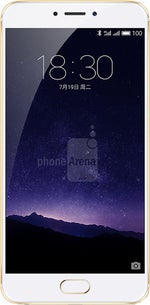
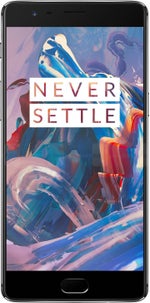
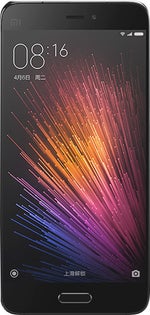
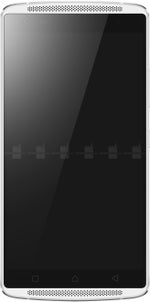




















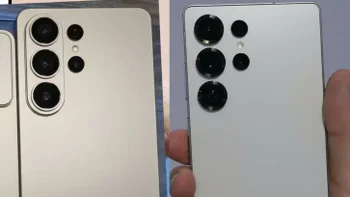








Things that are NOT allowed:
To help keep our community safe and free from spam, we apply temporary limits to newly created accounts: